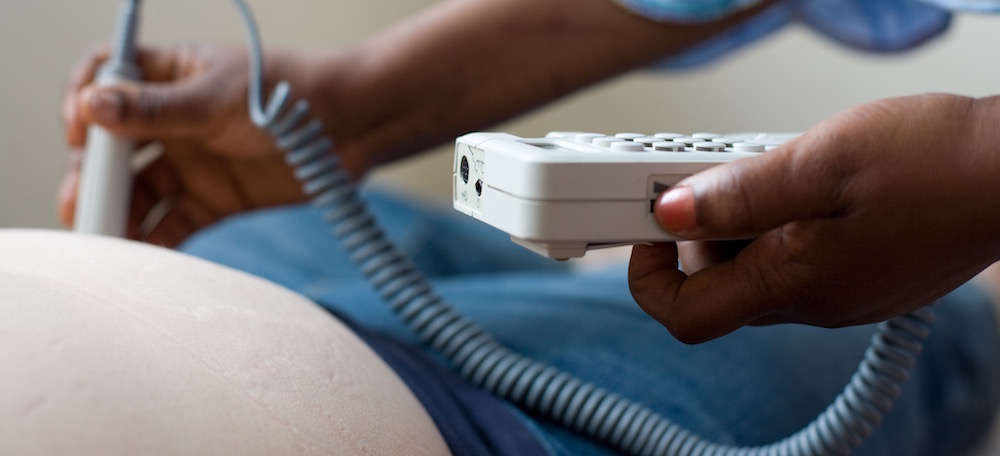Surrogates & Parentage
Thanks to the passing of the All Families Are Equal Act, Ontario law recognizes the legal status of all parents, regardless of sexuality, gender identity, means of conception or genetic relation. This significantly reduces the burden for same sex parents and those using surrogates by eliminating the need to go through an adoption process to be recognized as a parent. In Ontario, up to four parents can be listed on a birth registration, which affects the care that midwives provide and the direction they give clients around birth registration.
Birth Registration
Under the new parentage rules, the delivering person is still listed on the Form 1 Notice of Live Birth or Stillbirth under “Mother’s Information.” Intended parents who meet the requirements can complete the 4 in 1 registration bundle online.
The intended parents (whether they carried the child, are genetically related, or not) are listed on the Form 2. In the case of surrogacy, this would not include the surrogate and should take place after the surrogate has provided their consent, at least seven days after delivery. There is a different version of Form 2 for registering a baby with three or four parents. More information and the forms are available online.
In addition, surrogates and intended parents need to fill out the Statutory Declaration by Surrogate and the Statutory Declaration by Intended Parents. Intended parents need only mail in two statutory declarations; they no longer need to include a copy of the surrogacy agreement, DNA tests or any other documentation when registering the birth with Service Ontario.
Shared Responsibilities Between Surrogate and Intended Parents for First Seven Days
During the course of the pregnancy, the surrogate remains the primary decision-maker for their health and that of the unborn fetus. The intended parents do not have access to any of the surrogate's personal health information of any part of the prenatal chart (including fetal ultrasounds, etc.) without the explicit consent of the surrogate. Midwives do not need to see, review, or keep a copy of the surrogacy agreement, it does not belong in the clinical chart. Once the baby is born (unless the surrogacy agreement makes other provisions), the surrogate and the intended parents share the responsibilities of parenting until the surrogate provides consent to the intended parents and gives up their parentage. The surrogate’s consent cannot be granted until the child is at least seven days old.
Midwives providing care to babies born of a surrogate should provide informed choice and obtain consent from both the surrogate and the intended parents. Health-care providers are not expected to negotiate conflict between surrogates and intended parents, instead the hospital ethicist or social work may be able to help. The surrogate and intended parents can also consult their lawyers.
Your hospital may have a protocol for surrogacy arrangements. You may also review sample protocols submitted by midwifery practices, which you may download and adapt. Be sure to tailor the template to reflect current evidence, best practices and practice group/community specific info before use.
Midwives may also want to review the HIROC risk note Surrogacy - Practical Considerations for guidance on providing care to clients with surrogacy arrangements under the new parentage rules.
OHIP
Babies born to a surrogate should not receive an Ontario Health Insurance Plan (OHIP) card (PAHN form 4440-82) from the midwives or the hospital (regardless of whether the surrogate or intended parents are eligible for OHIP). The intended parents should be provided with a letter to present to Service Ontario to apply for an OHIP card for their baby. Click here for a template of the letter.
Webinar: Surrogacy Clients in Midwifery Care

